Found a total of 10000 related content

Photoshop Advanced Typography: Creating Stunning Text Effects
Article Introduction:In Photoshop, you can create text effects through layer styles and filters. 1. Create a new document and add text. 2. Apply layer styles such as shadows and outer glow. 3. Use filters such as wave effects and add bevel and relief effects. 4. Use masks to adjust the effect range and intensity to optimize the visual impact of the text effect.
2025-04-07
comment 0
612

Shadow Boxing: Image-free, CSS3, Glossy Buttons
Article Introduction:CSS3 button style: Use box-shadow to create cool button effects
This article discusses two ways to create buttons using CSS3: CSS3 gradient and box-shadow. Although CSS3 gradients are becoming more and more popular in button styles, are easy to configure and can scale with button areas, their browser support is limited (mainly Firefox, Chrome, and Safari), and the syntax is inconsistent among different browsers.
By contrast, overlaying color layers with the box-shadow attribute, just like a painter overlaying pigment, can create picture-free, zoomable, fully configurable smooth buttons. Although this method may seem more complicated to layer the box-shadow color at first glance, it has more flexibility
2025-03-07
comment 0
986
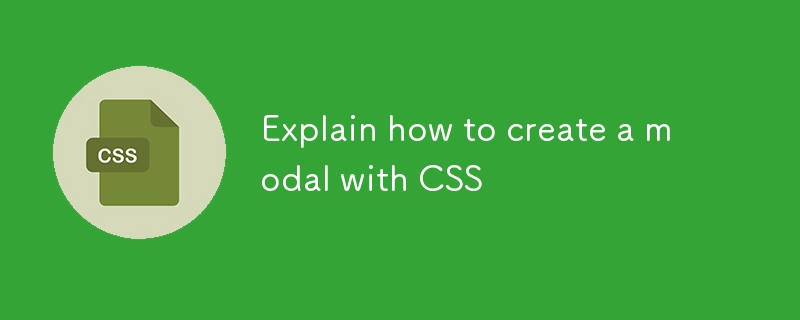
Explain how to create a modal with CSS
Article Introduction:To create a modal box, HTML structure requires that it includes a mask layer, content area and close button; 2. CSS is used for style design, and key points include full-screen hiding of the mask layer, content centering and close button positioning; 3. JavaScript controls display and hide, and supports clicking to close; 4. Add transition animation to improve the experience. Use HTML to define structures, CSS to set styles to achieve visual effects, JavaScript to manage interaction logic, and enhance user experience by adding animations.
2025-07-20
comment 0
623

10 Simple CSS and JavaScript Micro-interactions for Buttons
Article Introduction:Web button micro-interaction design: Ten tips to improve user experience
This article will introduce ten simple ways to add micro-interactions to web buttons to enhance user experience and make the website more attractive.
Core points:
Enhanced user experience: Microinteraction provides instant feedback, improve user participation, and improve overall user experience.
Multiple effects: The tutorial covers a variety of effects such as sound, border animation, 3D transformation, and more complex interactions such as shape and text changes.
Accessibility and Interaction: Sound-based micro-interactions are especially useful for improving accessibility, especially on mobile devices.
Use of CSS and JavaScript: All effects are dynamically interspersed through CSS styles and animations and JavaScript
2025-02-08
comment 0
1040

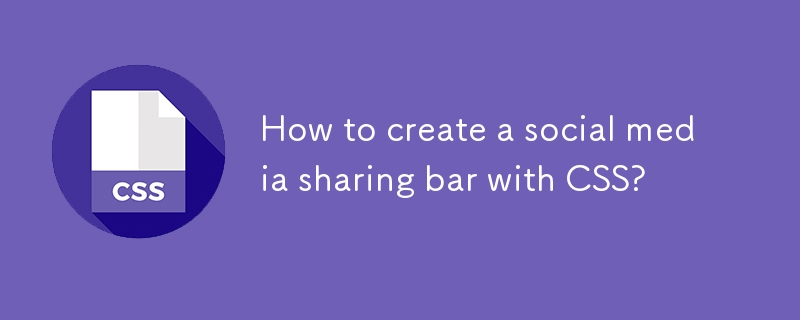
How to create a social media sharing bar with CSS?
Article Introduction:Create an HTML structure, share a list of links with Facebook, Twitter, LinkedIn, and WhatsApp, and replace YOUR_URL and YOUR_TITLE as actual URL encoded values; 2. Use CSSFlexbox layout design styles to set exclusive background colors, hover effects and responsive spacing for each platform; 3. Use media queries to achieve line breaks and adaptive button widths on small screens; 4. Optionally introduce FontAwesome icon to enhance visual effects and ensure that CDNs are loaded correctly. Finally, a lightweight, third-party script-free, and responsive social sharing bar is realized to improve the efficiency of content dissemination without affecting website performance.
2025-08-02
comment 0
133
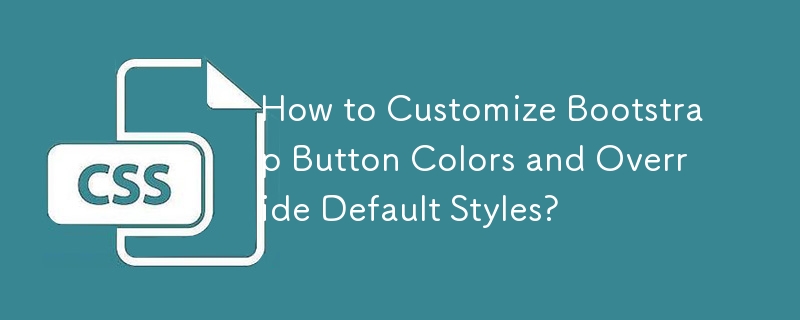
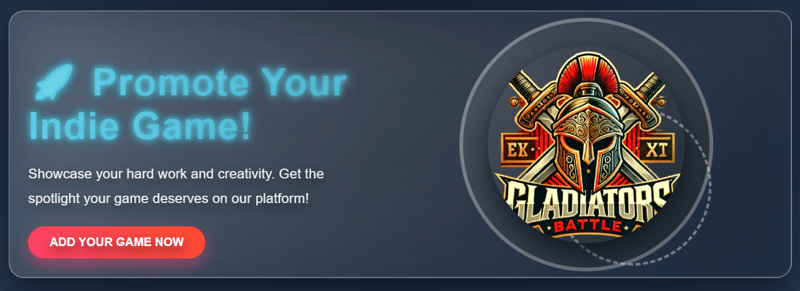
Creating an Interactive CTA Button with Advanced Animations
Article Introduction:In this article, we’ll walk through creating a modern call-to-action (CTA) button with sleek animations and dynamic effects using HTML, CSS, and JavaScript. This button isn’t just a simple UI element—it’s an interactive centerpiece that enhances user
2024-11-23
comment 0
793

10 jQuery and CSS3 Mobile App Styles
Article Introduction:10 amazing jQuery and CSS3 mobile application styles are worth a try!
Today we show you 10 amazing jQuery and CSS3 mobile app styles, they are so cool and definitely worth your experience!
Anonymous pen: Responsive web design detector
Source code and demonstration
Twitter button without iframe
Embedding Tweets or following buttons on responsive websites can be a bit tricky because they can greatly increase page loading time. However, they are a great way to spread a new blog post or article.
Source code and demonstration
Android clock animation
Create animated effects of Android docking clock.
Source code and demonstration
Device switcher
Show responsive
2025-02-23
comment 0
757

How to Create a Stunning Modern Button with CSS and HTML
Article Introduction:Discover a premium button design crafted with glowing gradients, animated borders, and advanced hover effects. Perfect for web projects that need a high-quality, eye-catching element. Inspired by the gladiatorial battles of ancient Rome, this button
2024-11-18
comment 0
984
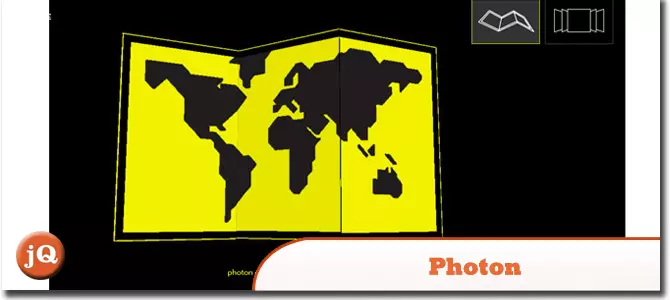
20 jQuery Plugins to Create Animating Image Effects
Article Introduction:This article showcases 20 jQuery plugins for creating stunning animated image effects on websites and blogs. These plugins offer a variety of effects, from subtle transitions to complex, eye-catching animations, potentially boosting visitor engageme
2025-02-25
comment 0
513
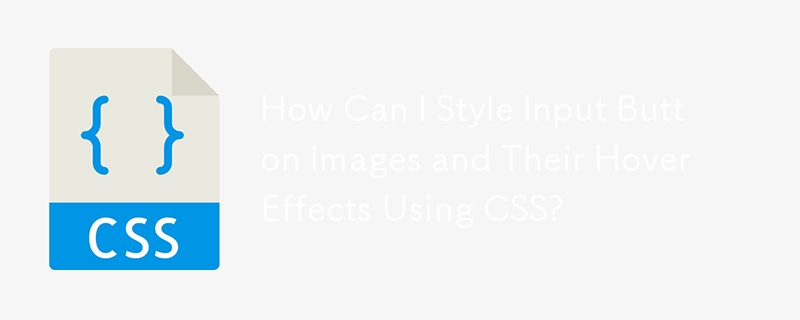

Best Practices for Efficient DOM Manipulation in JavaScript
Article Introduction:This article explores best practices for efficient JavaScript DOM operations, aiming to improve performance and reduce error risk. DOM (Document Object Model) is a web page API that allows JavaScript to access and manipulate the content and structure of HTML documents.
Use CSS classes instead of inline style
When setting styles for DOM elements, it is best to use CSS classes instead of inline styles. CSS classes are easy to modify and reuse, while inline styles are difficult to manage and maintain.
For example, instead of writing:
document.getElementById('button').style.backgroundColor = 'red';
Why not do this:
.button
2025-03-03
comment 0
605
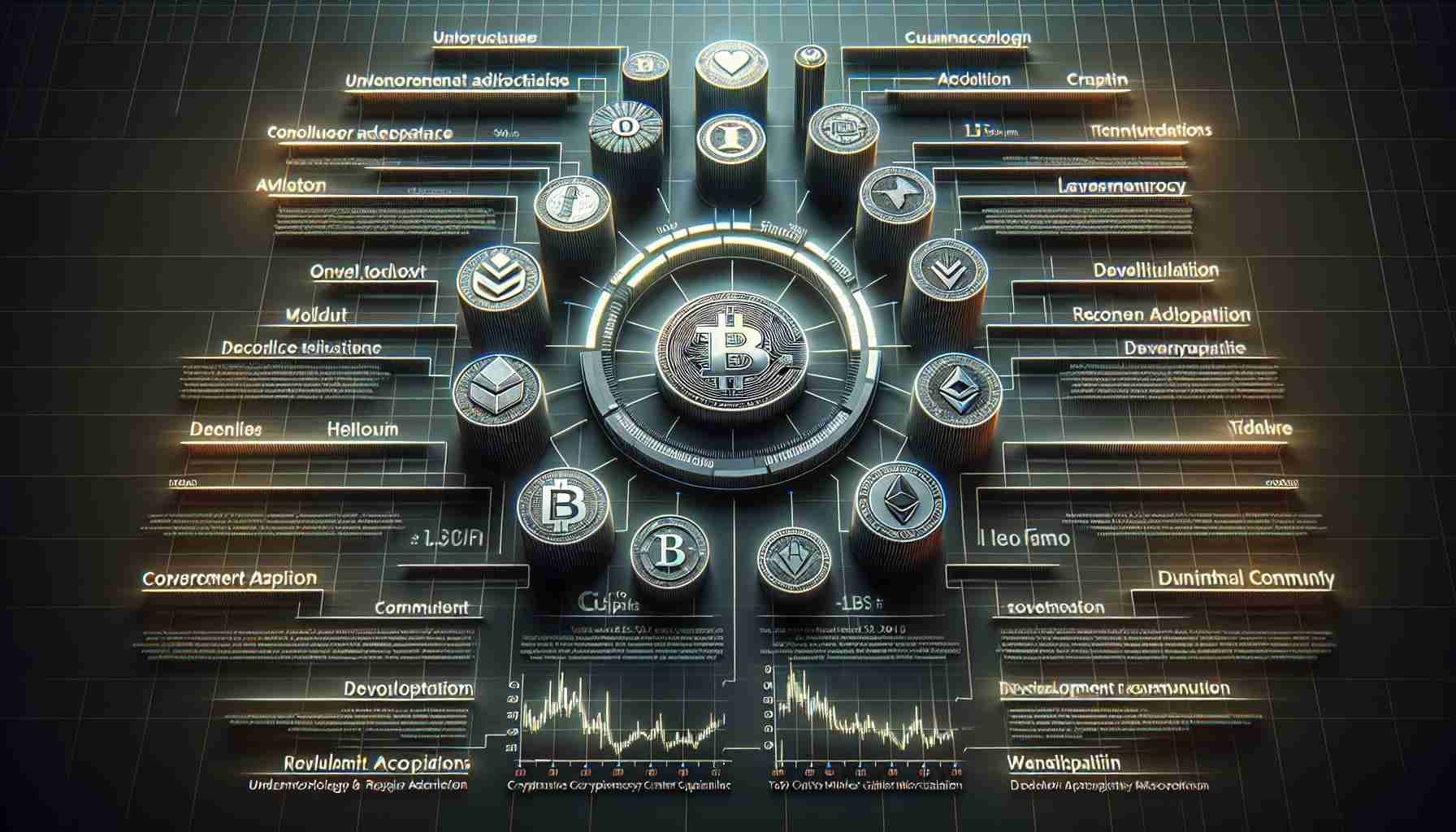

How to create an H5 page?
Article Introduction:The key steps to creating an H5 page include preparing the infrastructure, adding content, beautifying the page, and adding interactive effects. 1. Prepare the infrastructure: Use HTML5 standard templates, including basic elements such as DOCTYPE declarations, html, head and body; 2. Add content: Use h1, p, img and other tags to insert titles, paragraphs and pictures, and pay attention to paths and alt attributes; 3. Beautify the page: Set styles such as fonts, colors, spacings, etc. through style tags or external CSS files; 4. Add interactive effects: Use JavaScript to implement simple functions, such as clicking on a pop-up window on a button, it is recommended to place the script before the body end tag to optimize the loading speed.
2025-07-09
comment 0
449

How to create a Bootstrap login form?
Article Introduction:Introduce the CSS and JS files of Bootstrap5 to build a basic environment; 2. Use containers, cards and form classes to build a centered and responsive login form structure, including email, password input box, check box and submit button; 3. Optionally add HTML5 form verification and enable Bootstrap verification style through JavaScript, combine responsive design to ensure mobile friendly, and can add prompt information or loading effects; 4. Finally, it is recommended to combine server verification, HTTPS, security mechanisms such as CAPTCHA, and customize the styles as needed to complete a safe and beautiful login form.
2025-08-01
comment 0
712

Implementing Clickable Buttons Using the HTML button Element
Article Introduction:To use HTML button elements to achieve clickable buttons, you must first master its basic usage and common precautions. 1. Create buttons with tags and define behaviors through type attributes (such as button, submit, reset), which is submitted by default; 2. Add interactive functions through JavaScript, which can be written inline or bind event listeners through ID to improve maintenance; 3. Use CSS to customize styles, including background color, border, rounded corners and hover/active status effects to enhance user experience; 4. Pay attention to common problems: make sure that the disabled attribute is not enabled, JS events are correctly bound, layout occlusion, and use the help of developer tools to troubleshoot exceptions. Master this
2025-07-07
comment 0
687
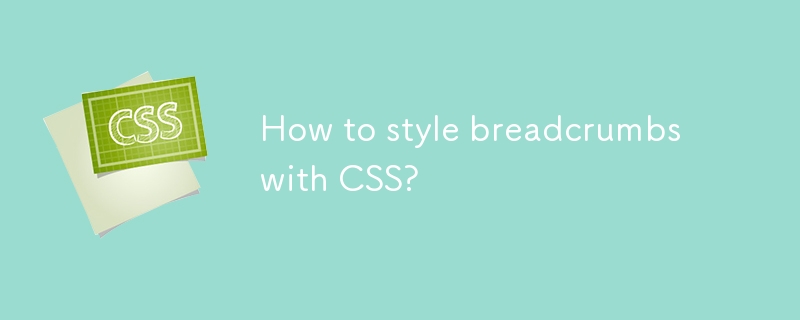
How to style breadcrumbs with CSS?
Article Introduction:Use semantic HTML structures, including, and aria-current attributes to ensure accessibility; 2. Add dynamic separators (such as/or>) through the ::after pseudo-element of CSS to avoid hard coding in HTML, and set hover effects and current page styles for links; 3. Use CSS custom attributes (such as --separator-color) to improve theme flexibility and facilitate reuse of different scenes; 4. Select modern styles such as capsule backgrounds, dots or arrow separators to enhance visual effects; 5. Set flex-wrap, white-space and text-overflow for responsive designs to prevent small screens from overflowing or line breaking confusion; finally, semantic tags
2025-07-30
comment 0
813

How does the ::before and ::after pseudo-elements allow for styling non-DOM content?
Article Introduction:CSS pseudo-elements::before and ::after allow insertion and styling of non-DOM content without modifying HTML. By setting content attributes, you can add decorative text or symbols before and after the content of the element, and apply styles such as fonts, backgrounds, positioning and even animations, such as adding colored "Note:" tags or button hover animations. Common uses include dynamic icons, prompt tags, form tags and UI effects. However, it should be noted that if the content is not set, the pseudo-element is invalid; it cannot interact through JavaScript; and does not support nested HTML structures.
2025-06-08
comment 0
389


















